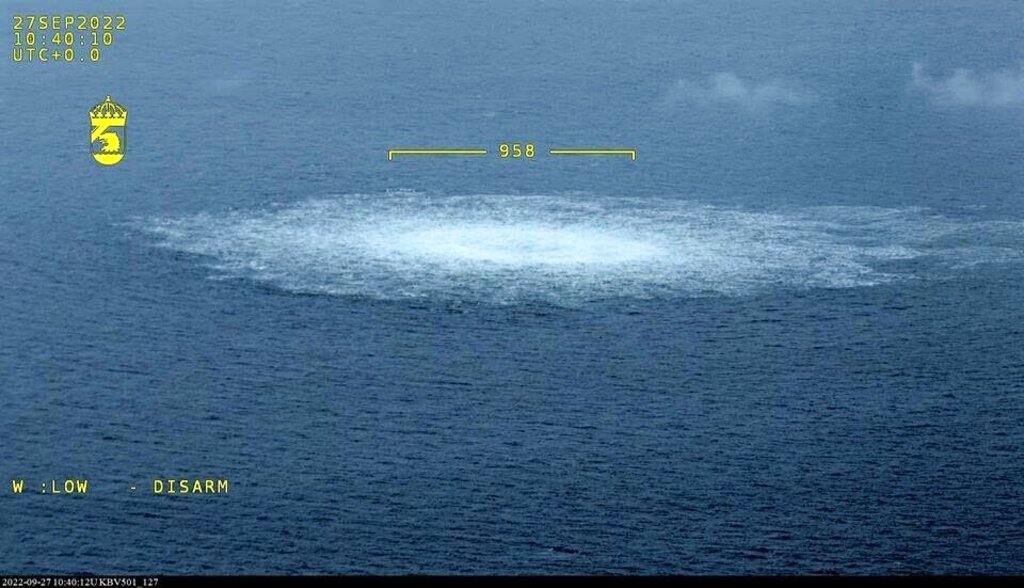NATO officials have serious suspicions that Russia has undermined critical EU underwater infrastructure in the North Sea. These concerns are based on information obtained from companies operating key oil and gas platforms, pipelines, and power and telecommunications cables.
The Russians are deploying ships to carry out spying missions because satellite imagery does not reach the seabed, reports The Times. Protecting critical undersea infrastructure has become a major objective for NATO and European countries with access to the sea after the destruction of the Nord Stream gas pipelines due to sabotage in the fall of 2022.
The main targets of Russian intelligence, especially after Russia’s large-scale military invasion of Ukraine, were power and telephone cables, as well as oil and gas pipelines.
“Today, espionage is harder to detect. If before it was mainly research vessels or warships that were used, now we see non-military vessels more often. According to the Belgian security services, no evidence of cable mining has been found in Belgian or Dutch territorial waters in the North Sea. However, at the beginning of the war in Ukraine, explosives were found on one of the British cables,” said Thomas De Spiegelere, a representative of the Belgian maritime security unit.
A study by the Belgian newspaper De Tijd, which used information from ships’ logbooks, found that more than 160 Russian non-military vessels have committed 945 suspicious acts in the past 10 years.
At least 749 of the 945 suspicious maneuvers took place within a 1-kilometer radius of North Sea pipelines. Another 72 suspicious actions took place near power cables, and the remaining 124 took place in areas where telecommunications cables are installed.
Information on the locations of cables and pipelines is crucial if the Russians want to sabotage power communications systems, connect to communications cables or tamper with them. Overall, the scale of Russian intelligence operations abroad has reached a level not seen since the Cold War.






